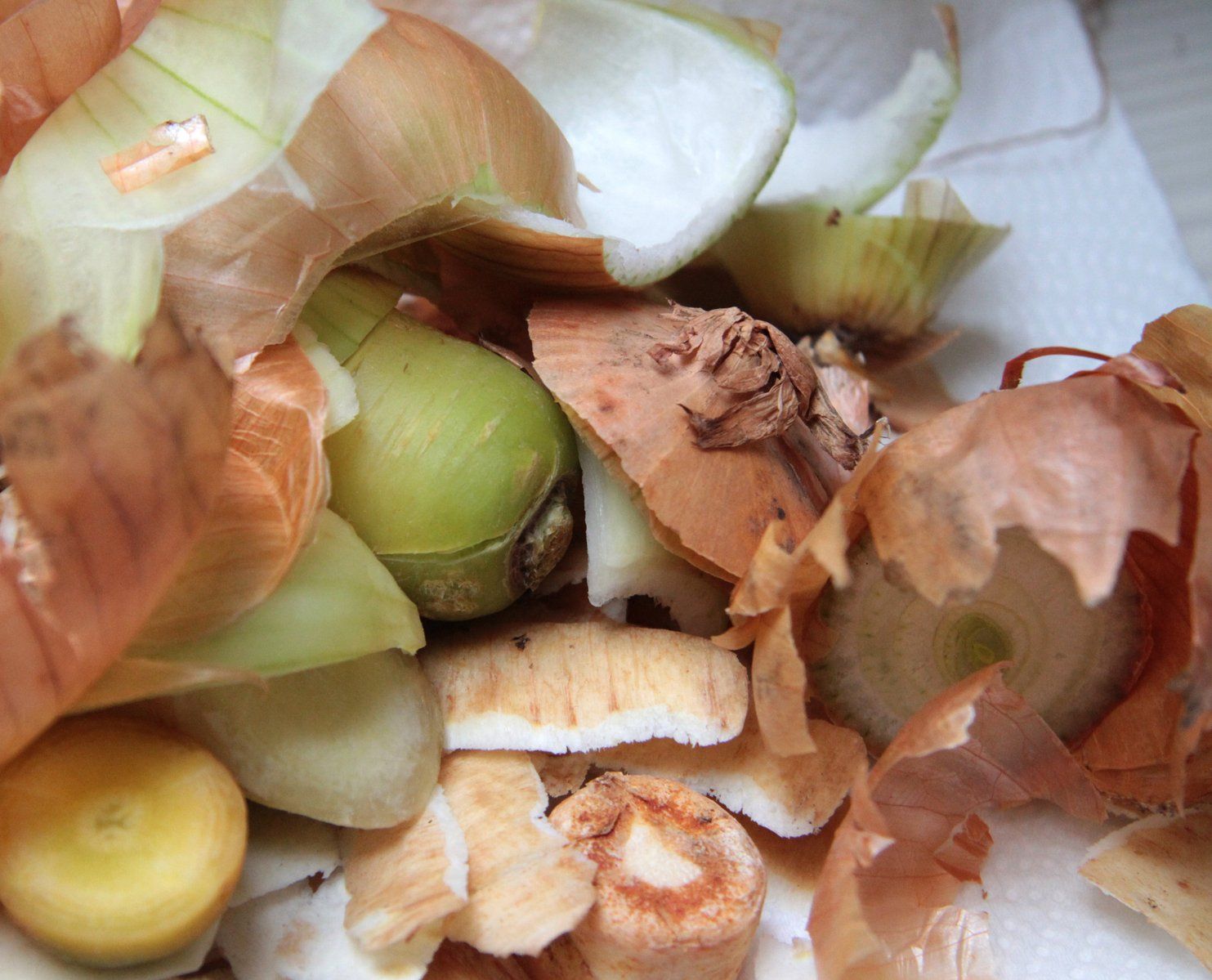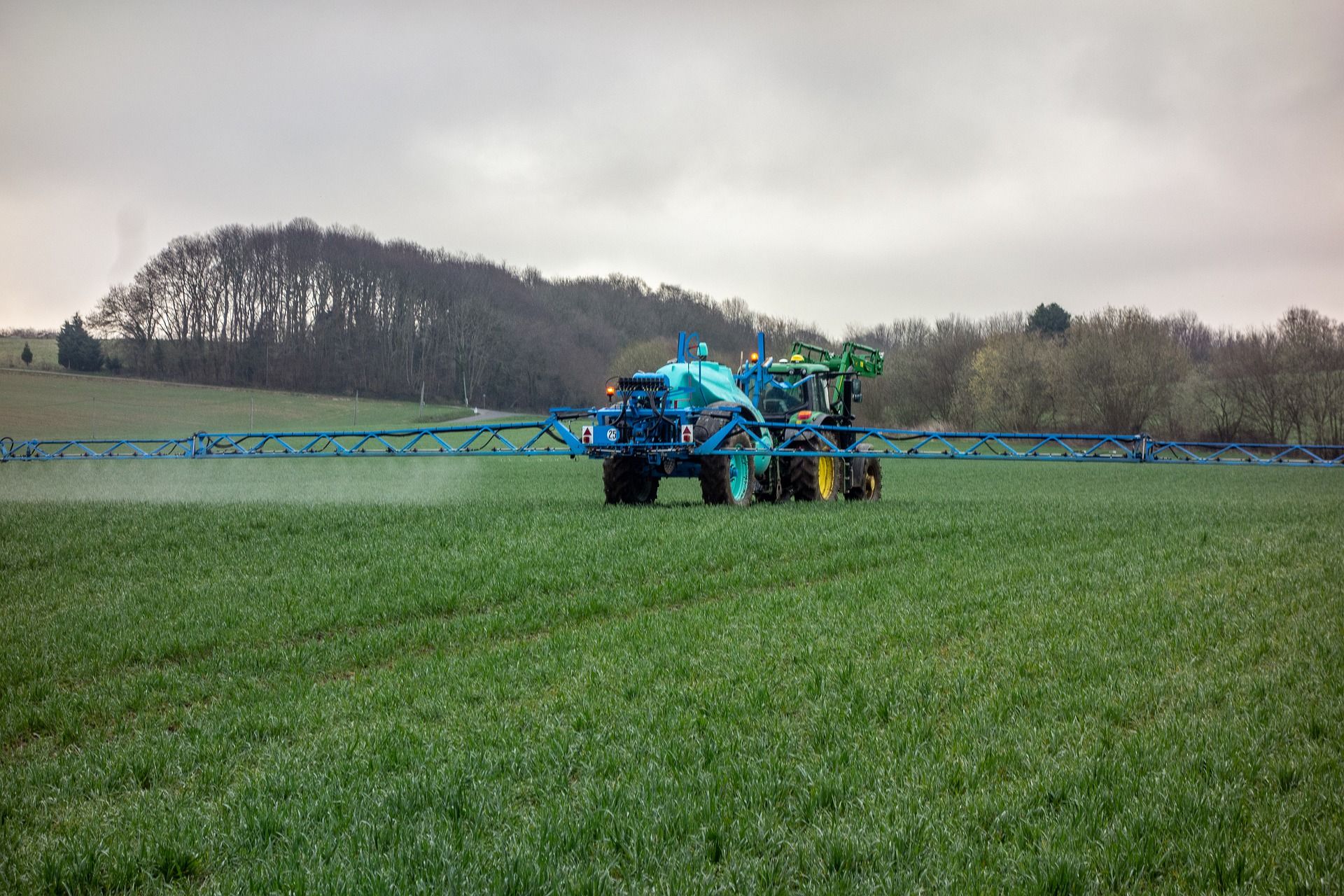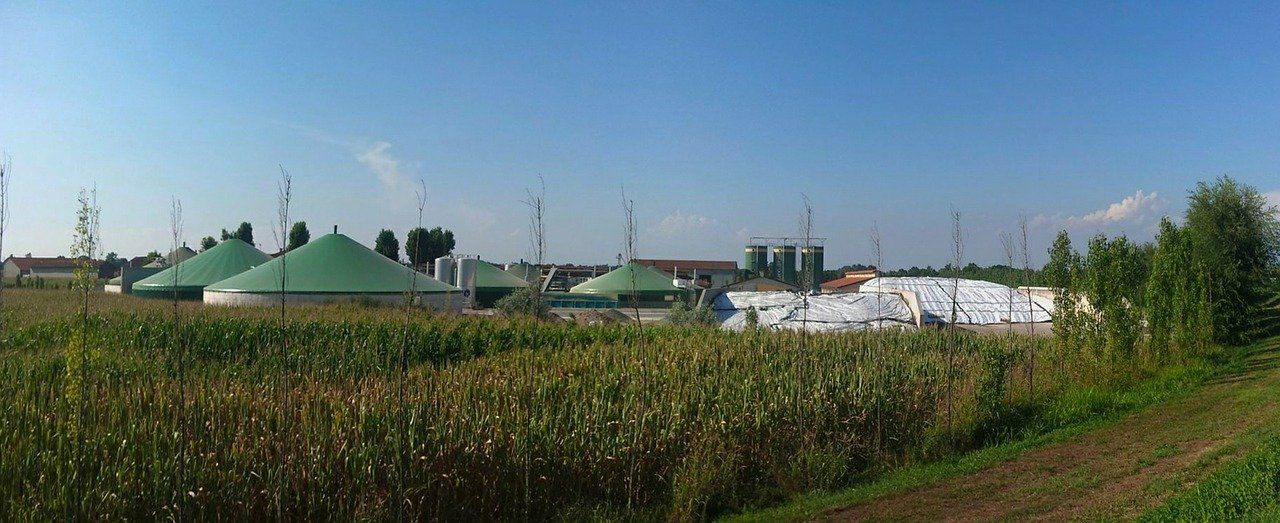Biofertilizer may be the key for the next agricultural revolution.
This is the thinking at the heart of a new EU-funded project which aims to put organic fertilizer production literally in the field, by creating mobile fertilizer plants.
Scientists have already identified organic waste as an untapped resource with great potential for adding to the circular economy. This places the concept of mobile fertilizer processing units at the core of the solution. As a recent report from the scientific journal Phys.org, notes, “Organic waste represents a high percentage of global waste composition, ranging from 28% in high-income countries to a massive 64 % in low-income countries. Resulting greenhouse gas emissions pose a serious climate change threat. Additionally, rural areas face challenges in managing their waste management due to poor infrastructure.”

Progress has already been made by utilizing much of this organic waste in biogas production, where agro-biogas plants produce renewable energy by extracting the gas produced from anaerobic fermentation of animal manures mixed with organic food waste.
However, the large amounts of thick liquid by-product, called ‘digestate’, from this process has yet to be fully utilized.
“The volume and nitrogen content of digestate produced in the biogas extraction process are very similar to the original waste treated,” explains Aritz Lekuona, a project coordinator at EKONEK Innovacion en Valorizacion de Subproductos. “Today, despite existing regulation, this material is often spread as fertiliser in agricultural fields near the biogas plants where it is produced but this is not always the optimal strategy as its high nutrient content causes soil and water pollution, namely eutrophication. It is also relatively costly - the material is more than 90 percent water, and moving it any distance using trucks is expensive. So, figuring out what to do with digestate waste is a serious limiting factor for new biogas projects, especially when agricultural land is not available nearby for spreading.”
This is where the concept of mobile, small scale, at source, biofertilizer production kicks in.

The funding and manpower for the research is a joint effort from China, Greece, Italy, the UK, Malta, Romania, and the Netherlands. Together they have formed the NOMAD project, which stands for Novel Organic Recovery using Mobile ADvanced Technology, which hopes to resolve a range of problems that arise when trying to tap into the potential of organic waste streams and digestate use. These include:
· Poor rural infrastructure
· Lack of urban space for waste storage or processing
· High cost of fertilizer processing equipment, even for small scale plants
· Handling issues from wet, dirty, and heavy feedstocks
· Consideration of different soil and crop types
· Environmental and health risks, for example handling antibiotic residues from animal waste or the removal of dangerous pharmaceutical compounds
· Variable composition and breakdown of organic waste types
· High EU standards required under waste standard PAS110 for both biofertilizer products and the disposal of unwanted materials
The theory behind the project was announced on the EU’s Community Research and Development Information Service (CORDIS), which explained that, “Building on partners’ previous work, the proposed technology will utilise heat from combustion of waste timber and recovered energy from a collection vehicle to improve energy efficiency while simultaneously addressing regulatory compliance. Specific nutrients will be extracted from the liquid fraction and water recovered for reuse. The remaining sludge will be blended & composted with ash (derived from waste timber combustion) and biochar to produce optimised, nutrient-balanced soil conditioners.” The press release continues by highlighting that, “The model rests on the solution’s mobility and modularity as one unit could serve multiple plants, tackling digestate from a range of feedstocks with shared costs making it more viable than installing systems at individual plants.”
Once a prototype plant has been built, it will be fitted onto a trailer before testing can begin. As the project hopes to source fertilizer feedstock from a wide range of materials the initial trials will be set in four different demo sites, each testing a different waste stream as follows;
· Greece: animal residue and manure
· the UK: food waste
· Italy: crop waste
· Malta: municipal wastewater
As well as analysing the biofertilizer output, the team will also assess ‘regulatory bottlenecks’ and logistical challenges of operating in remote rural areas as well as congested urban sites.
While the scope of the project is potentially problematic, progress on any single front could make a significant contribution to reducing the fertilizer industry’s environmental impact.
“In some countries we can see that huge quantities of food waste are just thrown away inside plastic bags,” observes Ioanna Dourou a chemical engineer at the Centre for Research and Technology Hellas, CERTH, and one of the project’s researchers. “This pollutes not only the air and the soil, but also our ground water. I believe that projects like NOMAD can offer the technology to change the people´s relationship toward the environment and our life on this planet in general.”

If all goes well, then farmers may gain access to a cost-effective and eco-friendly source of fertilizer. Whereas at present, those wanting to utilize organic waste require large digestate storage tankers and expensive processing equipment that includes on-site pasteurization.
If a portable method of biofertilizer can be established, then this would not only solve the problem of digestate storage but could also kick-start a new move towards including the fertilizer industry inside the circular economy.
“I’m looking forward to seeing our vehicles driving around the country in a few years’ time,” says Dourou. “I hope organic waste will be reused much more in agriculture and that people will see the real value in recycling and reusing such waste by the end of the project.”
Photo credit: Sunwindenergy, Buildbiogas, FarmingUK, Cornell, WAMgroup, & Envato
